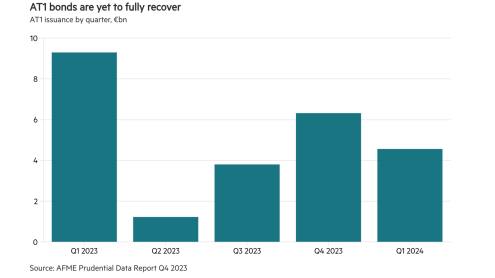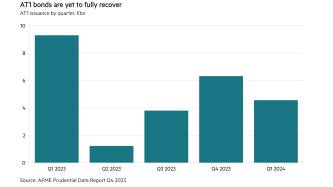In a digital world, privacy is king — especially when it comes to safeguarding the future of the second-largest and second-most traded currency in the world.
Christine Lagarde’s recent indication that a digital euro is likely to be delivered in the next five years is big news in the digital currency space — but even more promising is the willingness of the European Central Bank (ECB) to listen to the concerns of its eventual end users.
The ECB and other central banks around the world are at a critical juncture in the digital evolution of money, as the need to modernise both cash and non-cash payments has reached tipping point. But, as the ECB recognises in its willingness to consult with the public, this is not a race and it is important to get this right.
Considerations and challenges
A successful central bank digital currency (CBDC) must meet the needs of both governments and users. This means that, from the outset, it must be designed both so that governments are comfortable with it and that people actually want to use it in place of, or alongside, traditional fiat currency.
There is a critical need for central banks to differentiate between the technologies at their disposal to support a digital currency. The issuance of a digital euro would be subject to the highest security standards and full compliance with relevant regulatory frameworks, including anti-money laundering (AML) and anti-terrorism financing regulations.
Privacy is the single most significant hurdle that must be overcome to meet these requirements. Blockchain is a helpful tool for this type of currency, but modern payments systems have requirements that many blockchains fail to meet. While traditional public blockchain models, such as Bitcoin and Ethereum, share all data with all nodes on the network, a purpose-built enterprise blockchain platform can tackle this privacy challenge by using sophisticated encryption techniques, only revealing the data to those who have a need to know.
Various attempts have been made to reverse-engineer public blockchain platforms to meet the requirements of complex use cases, but the underlying challenge remains: at a basic level, these platforms still share all data with all nodes.
Christine Lagarde’s indication that a digital euro is likely to be delivered in the next five years is big news in the digital currency space
Sharing data with the government for AML or tax surveillance purposes, and sharing your transactions with other individuals, businesses and potentially malicious actors are two very different things. It is undoubtedly this concern around unwillingly revealing sensitive information to those who have no right to see it that drove respondents of the ECB’s public consultation to highlight privacy as their number one priority for the digital euro.
Ensuring privacy
A purpose-built system would ensure data is only shared between the counterparties of a transaction, therefore ensuring that any party’s data does not reside with an entity it has not transacted with. Additionally, even the communication protocol itself can be engineered to be entirely invisible to the other members of the blockchain. This protects not only the actual transaction details, but also prevents outsiders from knowing that the transaction is even happening in the first place.
Relevant parties to a specific transaction can be defined in the contract code — the programmatic rules that define and govern a specific digital asset. These parties may include the sender and recipient, but may also include a transfer agent, the issuer, an AML body, a regulatory authority and so on.
A blockchain protocol for a use case as systemically important as a digital euro must be a product of rigorous requirement gathering from governments, central banks and regulated enterprises; and in addition to privacy it must address other key concerns, such as identity management and scalability.
As the ECB and other central banks continue on their path to digitising their respective currencies, the blockchain community must help public administrations understand the options they have in developing solutions that meet the needs of a systemically critical financial infrastructure. And the most successful and sustainable CBDCs will be those that place privacy front and centre.
The developments at the ECB are further indication that 2021 will be the year that the initial excitement around digital currencies evolves into a meaningful and stable exploration of their uptake by central banks. Blockchain will be an essential component of this next generation of money, but the underlying technology must be precision-engineered to tackle the systemic risk posed by the privacy challenge.
Isabelle Corbett is head of policy and government relations at blockchain consultancy R3.













